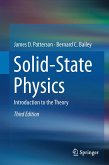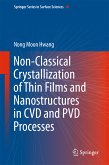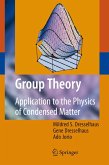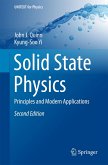Provides a theoretical framework for Zyncblende- and for Wurzite-type semiconductors
Gathers the group theory elements required to develop and calculate numerous symmetry-breaking problems in semiconductors
Dieser Download kann aus rechtlichen Gründen nur mit Rechnungsadresse in A, B, BG, CY, CZ, D, DK, EW, E, FIN, F, GR, HR, H, IRL, I, LT, L, LR, M, NL, PL, P, R, S, SLO, SK ausgeliefert werden.









